How to grow Cestrum
Also known as night-blooming jasmine, lady of the night, and jessamine, cestrum is a vigorous plant from Mexico, South America, and the West Indies. Despite the common name, it is not jasmine at all but a member of the tomato family (solanaceae). It can be a bushy shrub (often with arching branches) or a scrambling climber, depending both on the species and how it is grown and maintained. Cestrum is valued for its clusters of funnel-shaped, often powerfully perfumed flowers, which – as the common name suggests – are scented not during the day but at night. These are often borne for many months.
As is the case with many members of the solanaceae family (e.g., nightshade, mandrake, henbane), all parts of cestrum are highly toxic and may cause severe discomfort if ingested.
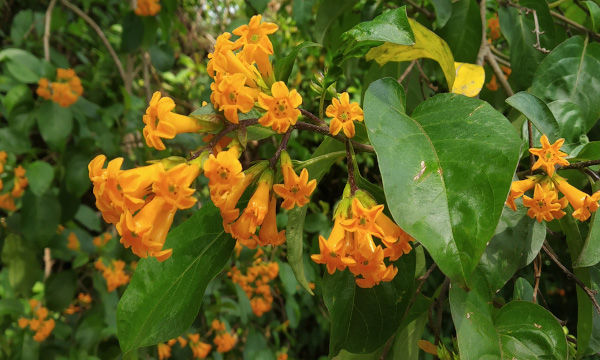
Key Information
Position
Soil Conditions
Hardiness

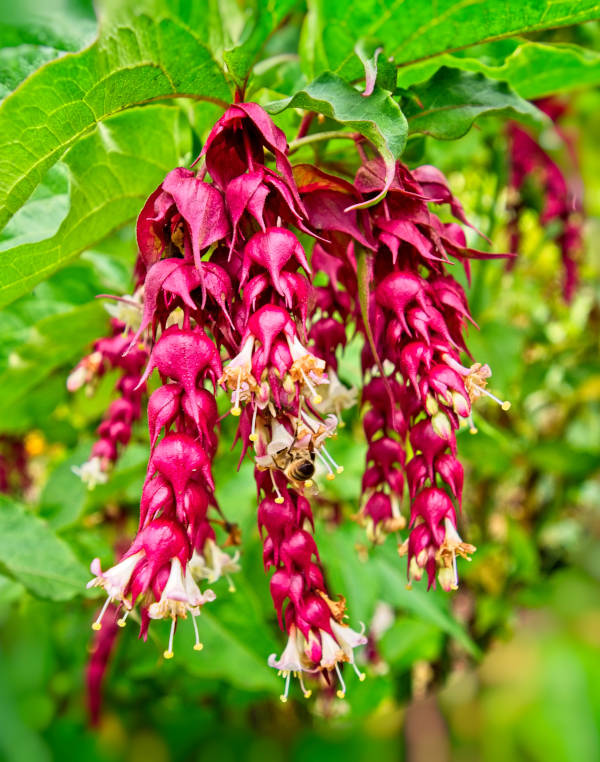
Where & when to plant Cestrum
Species | Habit | Flower colour | Potential size | Flowering period |
Cestrum aurantiacum | Scrambling evergreen shrub, less vigorous than others. Requires support. | Orange | 3m x 1m | Spring to early summer |
Cestrum elegans | Evergreen shrub with pendulous branches | Red, purple, or pink | 3m x 3m | Summer to autumn |
Cestrum nocturnum | Sprawling and bushy evergreen shrub with arching branches | Creamy white | 3m x 3m | Summer |
Cestrum ‘Newellii’ | Bushy, evergreen shrub | Crimson | 3m x 3m | Summer to autumn |
Cestrum parqui | Upright, deciduous shrub | Yellow-green | 2m x 2m | Summer to autumn |
Cestrum roseum | Erect, evergreen shrub | Rose-pink | 2m x 2m | Summer |
Position - Outdoors: full sun to partial shade, Indoors: full light with shade from hot sun and good ventilation
Soil - Outdoors: Any fertile, well-draining soil, Indoors: Loam-based potting compost
Flowering Period - Can be spring, summer, or autumn, depending on the species
Hardiness - Half-hardy (H3), i.e., able to withstand temperatures dropping to between 1°C and -5°C.
Horticultural Divisions - While there are many different species and cultivars, here is a rundown of those you are most likely to encounter in UK gardens.
Cestrum grows naturally in a warm, frost-free climate, and can only survive outside in the UK once all risk of frost has passed. This varies from region to region, though tends to be mid to late May. If your plant arrives before it is safe to move it out, keep it in a protected environment such as a conservatory, greenhouse, or a sunny window or porch, until the time is right.
Cestrum is well suited to life in a container, as this makes it easy to move indoors for winter or indeed be kept in a (cool) conservatory or greenhouse permanently. Gardeners in the warmer, southern half of the UK may get away with growing it in the open ground at the base of a warm, sheltered wall, with protective measures taken during winter (see our ‘Cold Protection’ section below). Those lucky enough to offer a mild, frost-free microclimate – perhaps in a sheltered coastal or city centre location – can grow it outdoors all year round without concern. In any case, give it the sunniest, most sheltered spot available.
How to plant Cestrum
For best results, harden your cestrum off (i.e., acclimatise it to the conditions outside) over the course of a week or so before moving it out full time. A coldframe is perfect, allowing you to gradually increase the time the lid remains open until eventually leaving it open all night. Alternatively, you can take the following steps:
- First few days: move your plant outside, just during the day at first
- Next few days: leave out all the time, with a fleece covering at night
- Final few days: leave out completely uncovered
Then:
- For planting in containers, first choose an appropriately sized pot. The best practice is to start just a few centimetres larger than the rootball and increase in size every year or two. Always ensure there are plenty of drainage holes in the bottom.
- If you are using a large or heavy pot, it can be a good idea to fill and plant it in situ to save yourself the trouble of moving once full.
- Use a good quality potting compost with some horticultural grit mixed in, and, if not already present in the compost (check the description on the bag) some slow-release fertiliser granules.
- Start by partially filling the pot with compost; enough so that when placed on it the upper surface of the root ball is about 3cm lower than the top of the pot.
- Infill all the space surrounding the root ball with compost, firming down with your fingers then adding a little more so the plant is held tight.
- Pick up the container and lightly tap on the potting bench or ground a few times to help further settle the compost around the plant.
- Soak well with water.
- A mulch with horticultural grit will look attractive and help to prevent a ‘cap’ or crust forming on the top of the compost (something container plants can suffer due to the artificial nature of their watering).
- For planting in the garden, dig the soil area removing any large stones and weeds and breaking up any lumps.
- If your soil is poor or dry, now is the time to dig in plenty of well-rotted organic matter, such as garden compost or manure.
- Rake level and firm with your heels. Rake level again.
- Water the plant well and allow to drain before planting.
- Dig a hole twice the size of the root-ball.
- Place the plant in the hole, ensuring the top of the root ball sits level with the surface of the soil. Too low and the plant may rot, too high and the roots can dry out.
- Backfill with soil and firm in gently with your foot.
- Soak well with water.
- Mulch around the base with well-rotted organic matter.
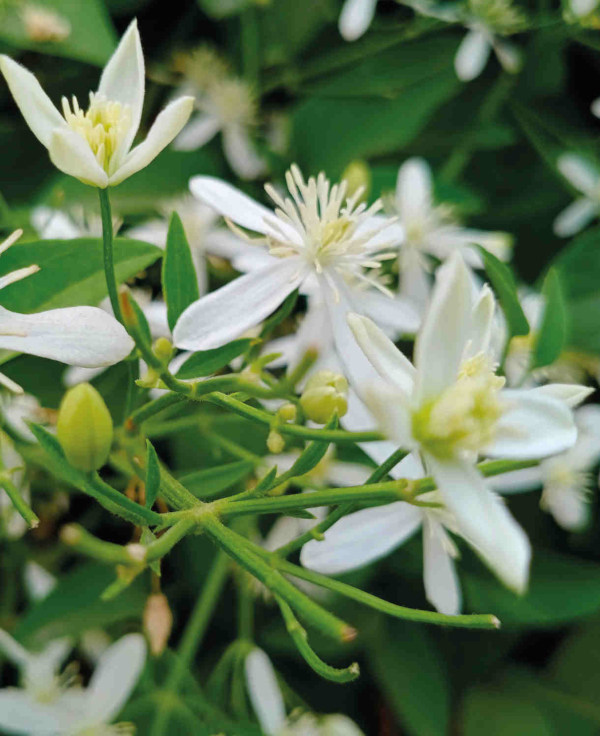
What to plant with Cestrum
For an exotic looking display, combine cestrum with companions such as brugmansia, campsis, abutilon, and passiflora. These are likely to need some form of winter protection (unless you can offer a frost-free microclimate), but the results are well worth the effort!
Alternatively, if you’re planning to grow your cestrum as a permanent conservatory plant consider colourful, indoor companions such as such as strelitzia, plumbago, dipladenia, and jacobinia.
If you would like any further planting ideas or growing advice for your cestrum, please contact our friendly and knowledgeable Customer Care Team - we will be more than happy to help you.
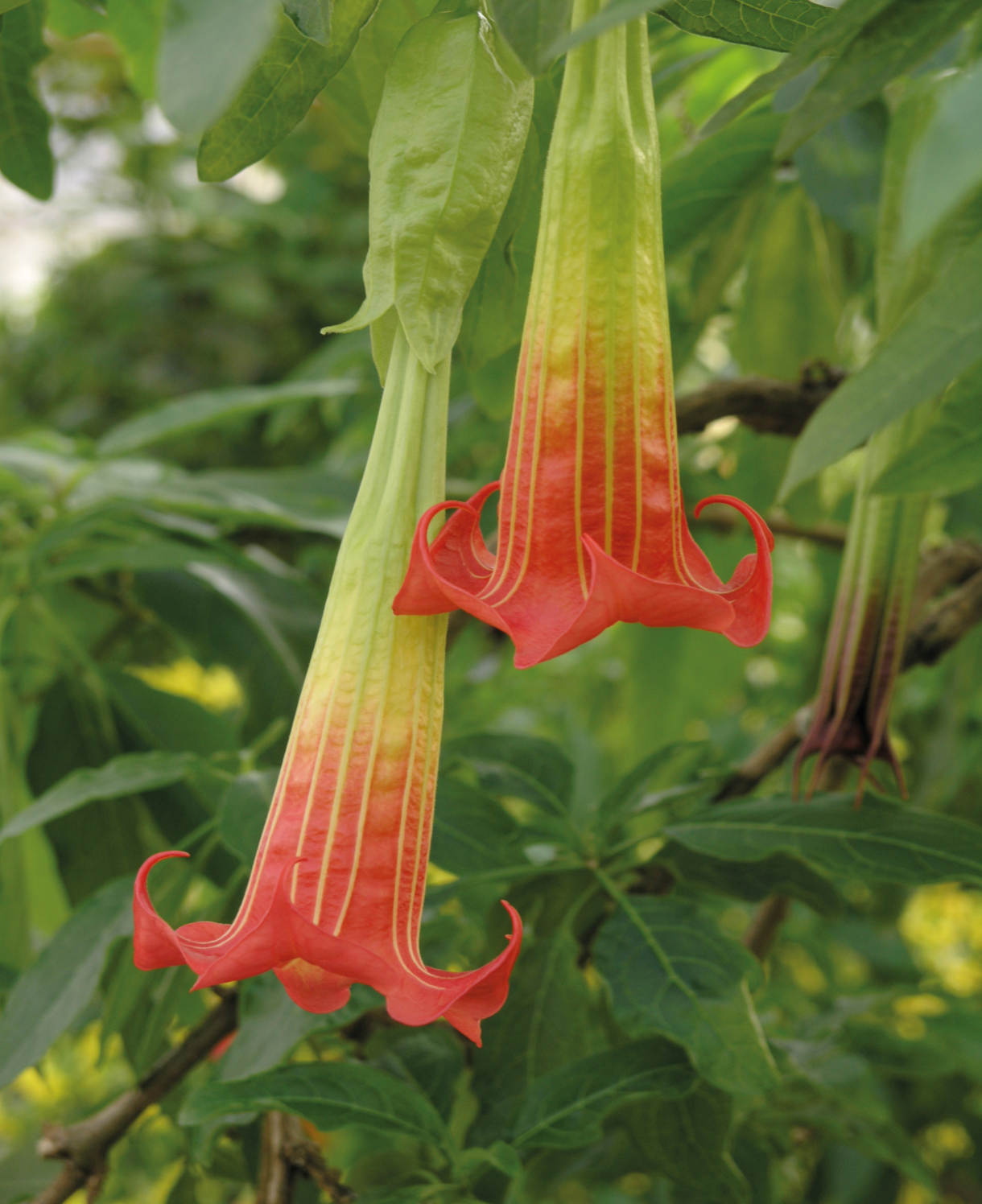
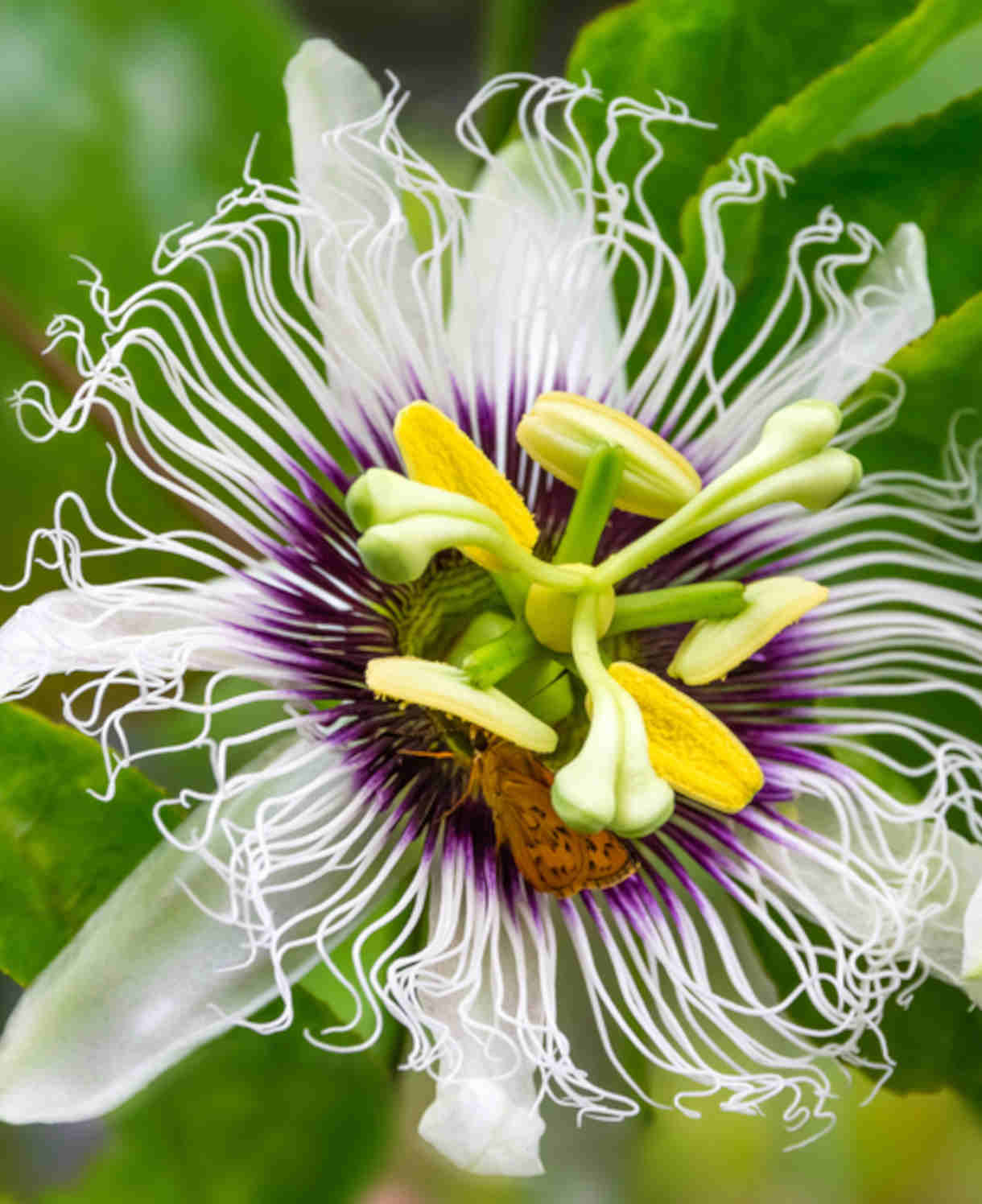
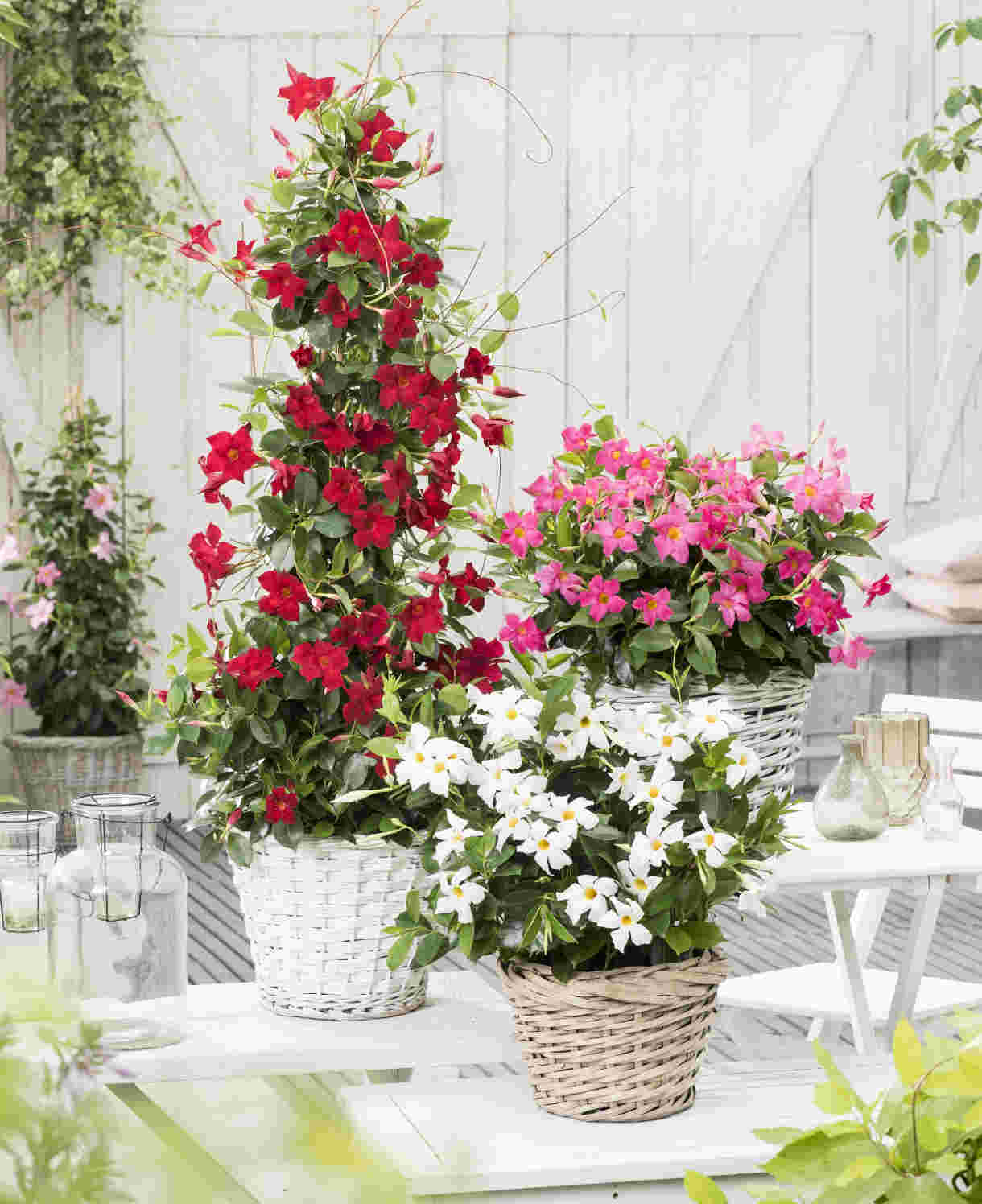
How to care for Cestrum
Pruning and Deadheading
Early flowering species such as C. aurantiacum come under RHS pruning group 8, which means which means they are best left untouched apart from the occasional removal of dead, diseased, damaged, or badly placed branches. Do this once all risk of frost has passed, in mid spring.
Species with a later flowering period (i.e., the majority) fall into RHS pruning group 9, which means they need little to no pruning. Simply remove any unsightly branches as required.
Deciduous species such as C. parqui are classed as RHS pruning group 6, meaning a hard prune each spring is advisable, to encourage maximum flowering and maintain a neat appearance. Once all risk of frost has passed (mid spring), cut the whole thing down to just above ground level.
If you are growing any species as a permanent glasshouse or conservatory plant, the warmer, year-round temperatures may result in such vigorous growth a restrictive prune is required. Cut back to the desired size each autumn, or alternatively down to just above the base to start afresh each year.
Watering
Cestrum is a thirsty plant which does best with consistent moisture levels, meaning when grown in a container it requires frequent attention. Water freely throughout the growing season, aiming for consistently moist but not soggy compost. Bear in mind that in the height of summer watering may be required every day.
During winter, container-grown cestrum should be watered very sparingly, i.e., just enough to prevent the compost drying out completely.
Cestrum in the open ground also needs watering generously throughout the growing season. As a rule of thumb, aim for a good soaking several times a week while the roots are establishing (i.e., the first couple of months in the ground), decreasing to once a week after this. Remember to increase the frequency in prolonged periods of hot, dry weather. Those gardening on sandy soil will need to water more often.
Feeding
In a container, feed cestrum with a monthly dose of a balanced liquid feed throughout the growing season. Remember also to repot it every few years in early spring into a slightly bigger pot, using fresh compost with slow-release granules mixed in. Once it reaches full size it can stay in the same pot, refreshed annually with a top dress. This means scraping away the top few centimetres of compost and replacing with new, again containing some slow-release granules.
In the ground, as long as you garden on healthy, fertile soil a mulch of well-rotted organic matter (i.e., a layer of leaf mould, manure, or garden compost applied to the soil around the plant) should provide enough nutrients for your cestrum. This has the added benefit of suppressing weeds and locking in moisture. Mulch when planting, and then again each spring.
If you garden on very poor soil or your cestrum looks in need of a boost, applying a granular general-purpose feed to the surface of the soil and lightly working in can reap benefits. This is known as a top dress and should be done when mulching in spring – first apply the feed, then cover with the mulch.
Cold Protection
If you live in a mild part of the country and have found a warm, sheltered spot at the base of a sunny wall for your cestrum, you may get away with leaving it there all year round as long as you take a few extra measures to get it through winter. Firstly, apply a thick, dry mulch around in the roots in autumn to help protect against the cold and wet (bark chips, straw, bracken, or grit all work well). Secondly, pop over one of these easy fleece jackets whenever a cold snap is expected.
Otherwise, you’ll need to move your cestrum indoors for winter – a conservatory, greenhouse, or sunny porch are all ideal spots. You can even leave it in there all year round if you wish.
Pests and Diseases
Cestrum is considered trouble-free.
How to propagate Cestrum
With such a vigorous growth rate, it will come as no surprise that cestrum is easy to propagate from cuttings (much quicker than trying to use seed, which can remain dormant for several years).
- In summer, choose non-flowering, healthy new stems, aiming to take a longer piece than the ideal eventual length of around 10cm (to allow for trimming).
- Put in a plastic bag straight away to prevent drying out.
- Fill a pot (or several, if you have a lot of cuttings) with a well-draining compost mix.
- Trim the end of the cutting to just below a node (point at which leaves grow).
- Remove lowest leaves and soft tip, leaving 2-4 leaves.
- If the remaining leaves are large, cut them in half with a sharp knife (to reduce water lost through transpiration).
- Insert the cuttings into the compost and water lightly. Several cuttings can be put in the same container if there is enough space to do this without them touching.
- Place in a greenhouse or propagating unit if you have one or covered with a plastic bag on a windowsill if not (out of direct sunlight).
- Keep the cuttings misted and occasionally watered until they root. You will know this has happened when roots emerge out of the bottom of the container.
- Gently remove rooted cuttings and pot them into individual pots. Grow on in a protected environment such as a greenhouse, windowsill, or coldframe until they are large enough to be used.
* Many plants carry Plant Breeders Rights and cannot be propagated for commercial purposes.
Common Cestrum questions
What is the best fertiliser for cestrum?
Any balanced liquid feed can be used for container-grown cestrum.
Cestrum in the ground should grow well with nothing more than an annual mulch of well-rotted organic matter. If you do feel the need to supplement this (perhaps you garden on poor or sandy soil), a granular, general purpose feed can be worked into the surface of the soil in spring.
Is cestrum invasive?
In warmer climes than ours, some cestrum species can grow and spread out of control. In Hawaii, nocturnum is considered the number one invasive plant species. Fortunately, our cool UK winters keeps this vigorous plant in check.
Is cestrum poisonous to dogs?
Yes, all parts of the plants are highly toxic to humans and animals.
Is cestrum a perennial?
Technically cestrum is a shrub, though in our climate it may behave or be treated like a herbaceous perennial (i.e, dies back or is cut down to the base each winter).




